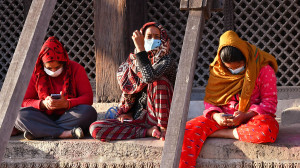Columns
What makes a Kathmanduite?
The answer lies in the geographic, historical, cultural and economic evolution of the Nepal Valley.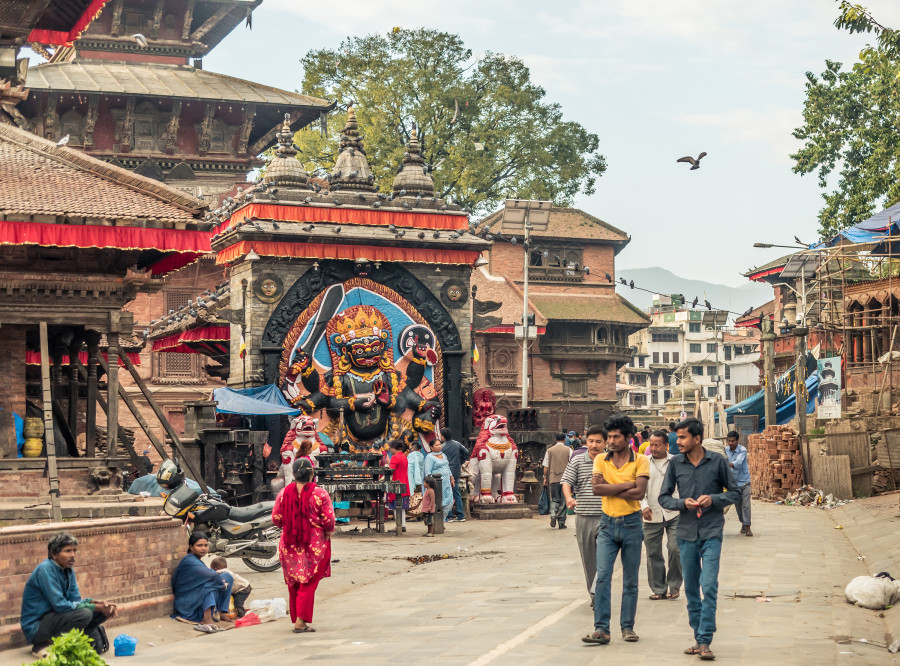
CK Lal
When scholars take turns to speak about a book that very few in the audience have even seen, let alone read, most attendees pretend to listen with rapt attention. The participants who have either not paid enough attention during the presentation, or had arrived too late to hear the scholars deliberate, speak most confidently during the discussions. The book talk about Kathmandu: A Reader (Edited by Benjamin Linder, Publisher: Martin Chautari) last week was no exception.
Once a semi-academic event is over, participants usually form small groups in the front yard of Martin Chautari to discuss whatever interests them. Students are keen about exploring the possibilities of pursuing graduate studies at foreign universities. With the US government temporarily halting student visa appointments, constrained scholarship opportunities in Europe and the saffronisation of higher education in India, options for students of humanities have become somewhat limited. If only someone could entice the University of Hong Kong, the National University of Singapore and even the University of Tokyo into opening their South Asia campus somewhere in Sindhuli or Surkhet!
Though small, rallies for the restoration of monarchy appear big because they are often unruly, raucous and are concentrated around arterial routes. Even in the heat and humidity of pre-monsoon Kathmandu, many monarchist protestors turn out in formal or fashionable attire, which shows that they come from a comfortable economic background. However, the rough language, uncouth conduct and bad manners characteristic of the Mandales of Panchayat expose their poor upbringing.
Reeking of cologne repeatedly sprayed from pocket dispensers, the lumpen bourgeoisie—defined as “a narcissistic and mostly affluent middle class of deep pockets and shallow minds”—among them can literally be smelt from afar. The abominable behaviour of foulmouthed monarchist has become the favourite topic of conversation.
A sociologist by training and an educator by profession, Dinesh Pant is better known in journalistic circles as an op-ed editor and translator affiliated with the Naya Patrika daily newspaper. He is curious to delve into xenophobia of ‘some’ rentiers in Kathmandu that treat tenants as intruders into their sacred spaces, even as they live off their labour.
The distrust of natives towards immigrants with different social, cultural or religious norms and values is understandable; and more so when they have been outnumbered by settlers, overwhelmed by the aggressive behaviour of newcomers and outwitted by the manipulative machinery of outsiders. But unless backed by ethnonational narcissism, jingoistic power and chauvinistic authority—the invisible infrastructure of domination that Newa natives lack—mere territorial xenophobia can lead to cultural alienation and political annihilation.
A complete or partial erasure of indigenous settlements cleared the ground for the emergence of colonial towns. During the Cold War, insecure cities such as walled Berlin and fortified Seoul resembled citadels of the forgotten past. The vibrant metropolis of neoliberal era fused the brashness of newcomers with the gentility of natives to produce their central characteristics. Nearly a quarter of a century after the USA’s 9/11, the idea of multicultural megapolises is on decline as resentment against foreigners and recent immigrants grows everywhere.
Collective identities
Uncertainty has always been the only certainty about the future, but it has become even more salient as masses continue to throng towards urban centres in search of heat and light in their lives. Definitive identities are in flux.
Racial, tribal, ethnic and national identities are almost fixed. An ache for the native place, not just of one’s own but that of parents or even ancestors, is a longing that remains in the heart long after space has been left behind in the journey of life. The imagined community called the country can be an inheritance, an option or an aspiration. The belongingness to a city or a region is difficult to define.
A Londoner is prudently transactional—Indians are now the largest group of property owners in London—and has little attachment to a space other than its market price. A Parisian has long been perceived to be cultured and elegant. A New Yorker is driven, impatient and in a hurry to succeed. Stereotypes can be misleading, but sometimes they can help in making a generalised sense of complex realities.
The characterisation of an urbanite also evolves. A Bombayite was broad-minded, but a Mumbaikar can be mean and petty. Once a Bangalorean took pride in being multicultural, linguistic zealots of Bengaluru are bent upon turning it into a chauvinistic city. The Calcuttan bhadralok were once cultured, the Kolkatan bourgeoisie has become cantankerous.
Not all Delhiites “are boorish, have a short fuse, use four and five letter swear words at the drop of a hat” because it continues to be a magnet for migrant workers from the entire Ganga plains. The earthy Lahoris and elitist Karachiites fade into oblivion in front of pampered Islamabadis.
Closer home, a Pokhareli is haughty towards fellow Nepalis but treats foreigners with solicitousness even though domestic tourism is no less important for the city’s economy. A Biratnagare takes pride in just being from a mercantilist town that has produced half-a-dozen prime ministers. A Jhapali, a Syangjali or a Palpali can turn any crisis into an opportunity. But what constitutes a Kathmanduite? The answer must be searched in the geographic, historical, cultural and economic evolution of the Nepal Valley.
Loose connections
Whether it was the flaming sword of Manjushri, the thunderbolt of Krishna, a ground movement due to a massive earthquake or a cloudburst that poured more water than the lake could hold, no one knows for sure what created the Chobhar gorge. However, mythologists and geologists agree that water rushing out of the lake and cutting its way through the Mahabharat and Shivalik ranges with the force of a tiger became Baghmati—a river that would later connect the Lichchavis of Vaishali with the Kirats living along the rim of the swamp that had emerged at the bed of the waterbody.
Traditional historians love to chronicle explorers, seekers, seers, settlers, traders, raiders, warriors, rulers, itinerant handymen, builders, occupiers and freedom fighters—not necessarily in the same order everywhere—through vanshavali (genealogies) with a neat timeline and prominent names. Intermingling between communities that produce a society is often a slow process that takes centuries.
Leaving the ancient Nagas, the Gopalas and the Mahispal aside, at least from the early Kirats through the Lichhchavis (400–750 CE) and the interregnum of Thakuris right up to the Mallas (1201–1779 CE) of Karnat origin, the Nepal valley remained a palimpsest of socio-cultural refinements. With the beginning of the Gorkha Empire, the Newa lost their capacity to absorb aliens and were subsumed as a subservient culture of the dominant Asali Hindustan project.
Perhaps xenophobia of the Kathmanduite comes from mutual insecurity where the dominant and the dominated fear each other and find it convenient to direct their frustrations towards other groups that claim a place in the capital city—the Madheshis, the Marwaris, the non-Gorkhalised janjatis and even Khas-Arya elite of the post-Shah era (1768 to 2008 CE) that have begun to assert themselves. The aggressive indifference and lack of empathy of a typical Kathmanduite come from the deep-seated insecurity of the ruling and the ruled communities that have failed to forge strong bonds.




 9.12°C Kathmandu
9.12°C Kathmandu
.jpg&w=200&height=120)
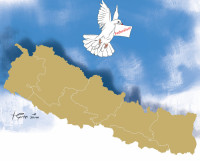

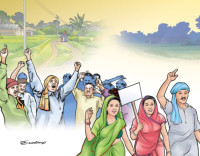
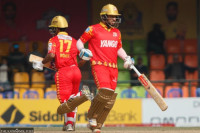

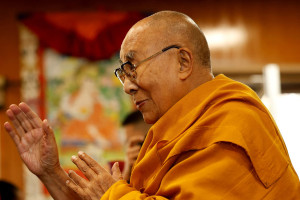
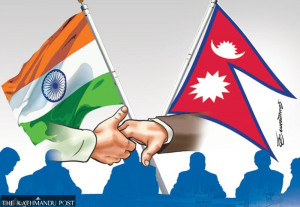





%20(1).jpg&w=300&height=200)

